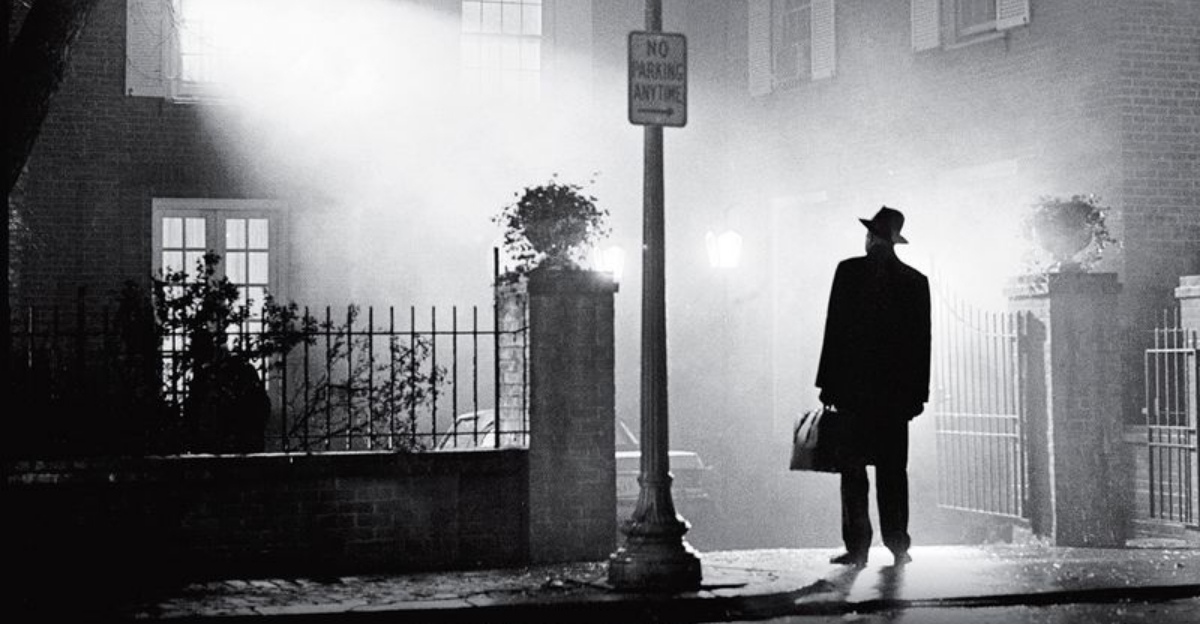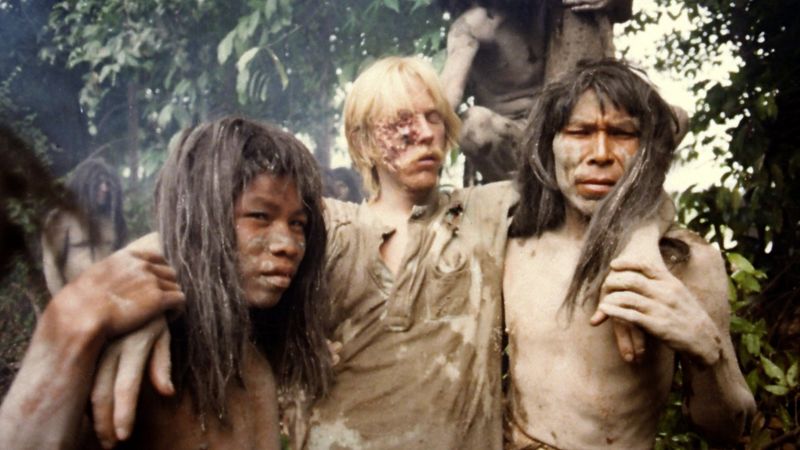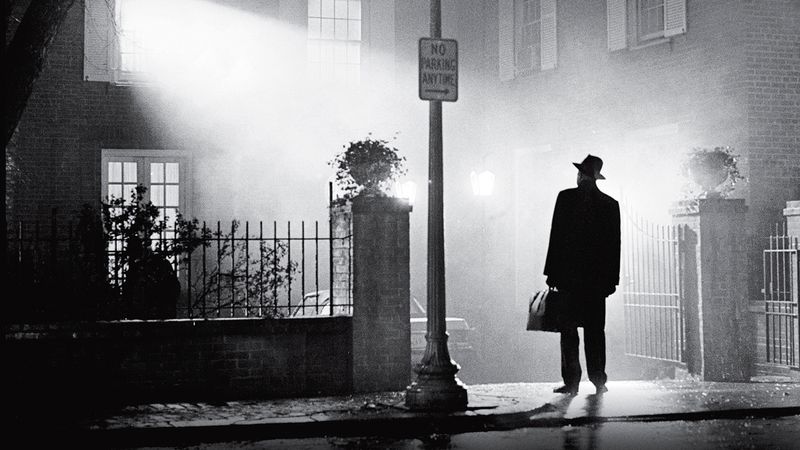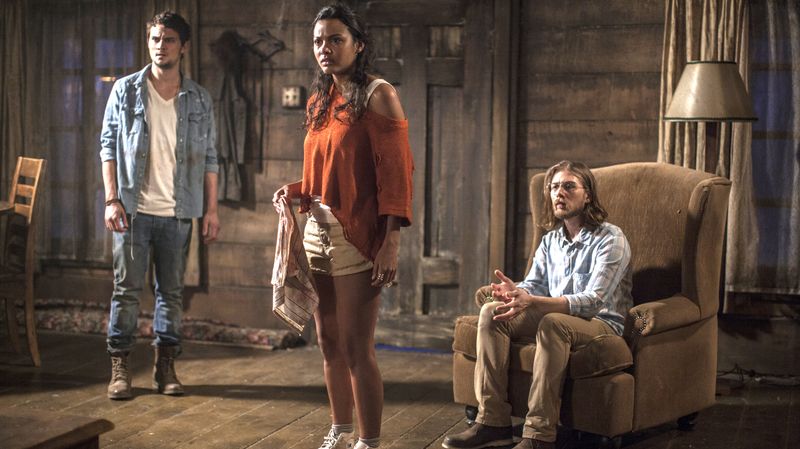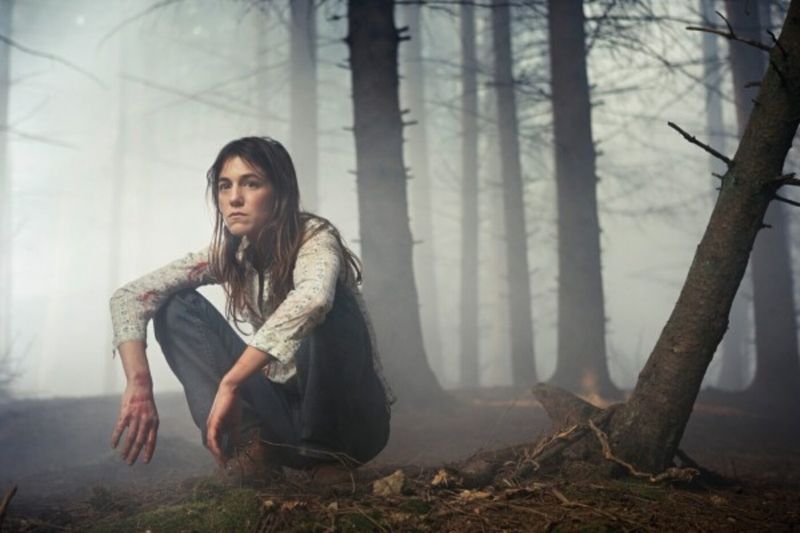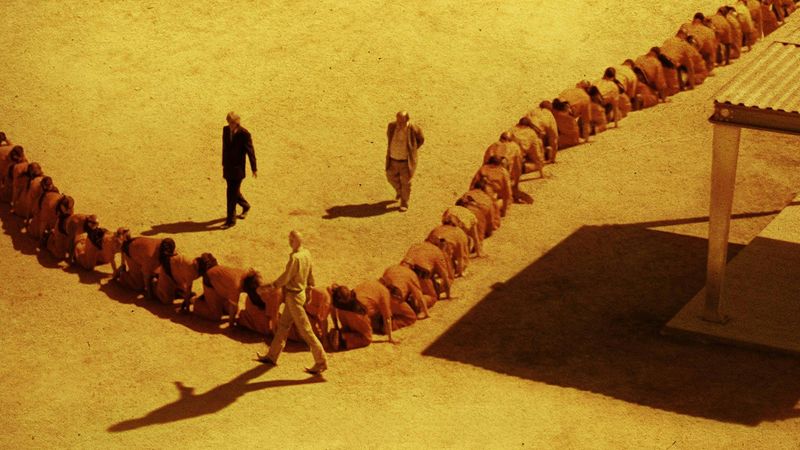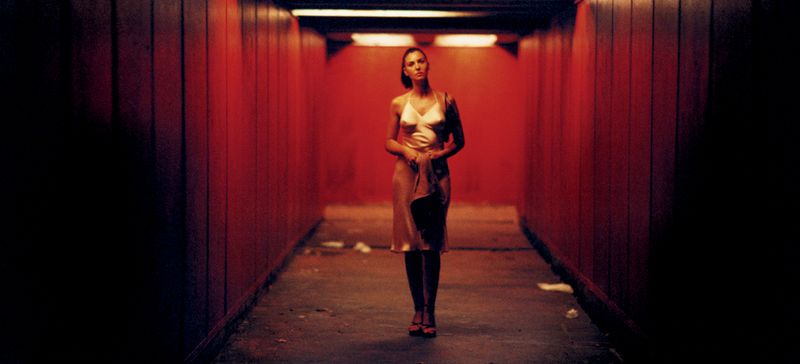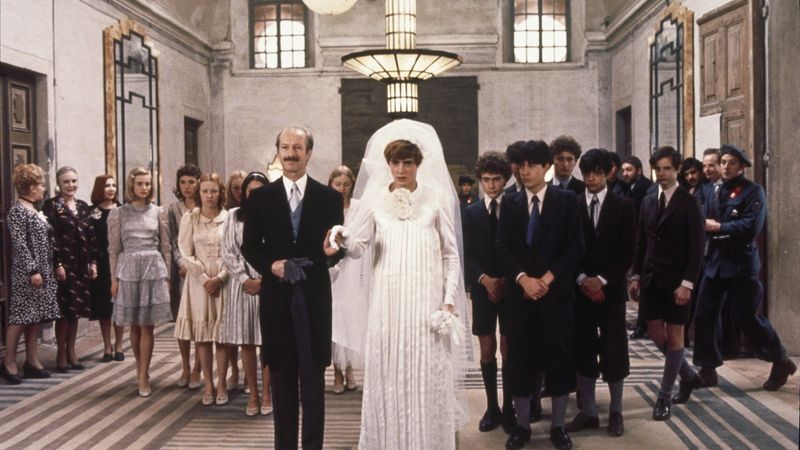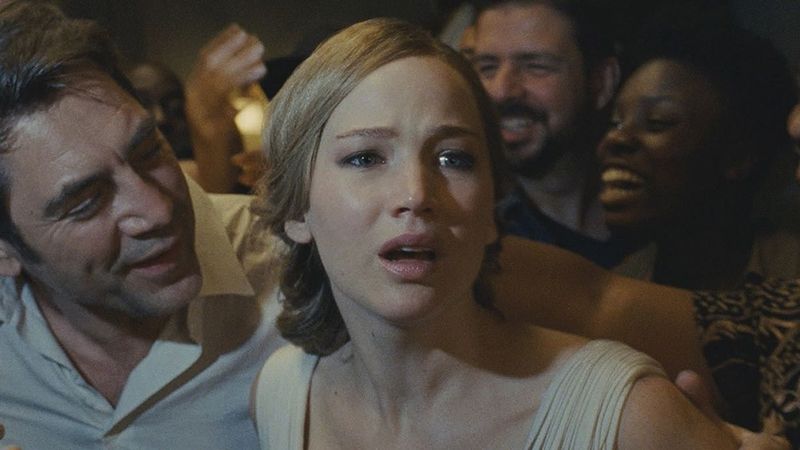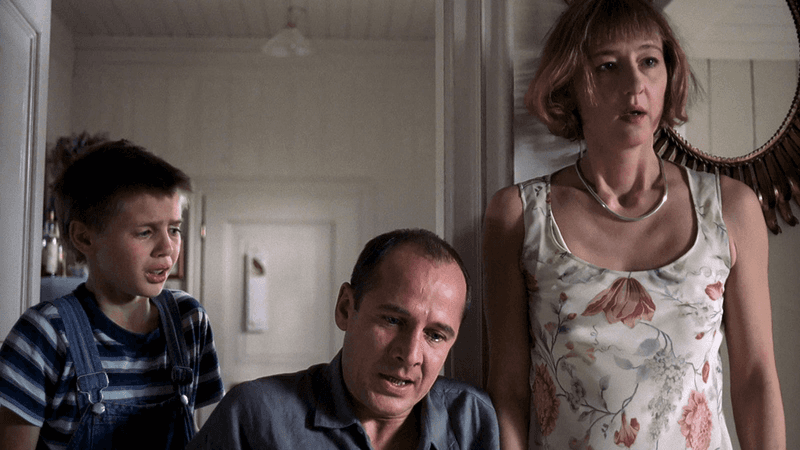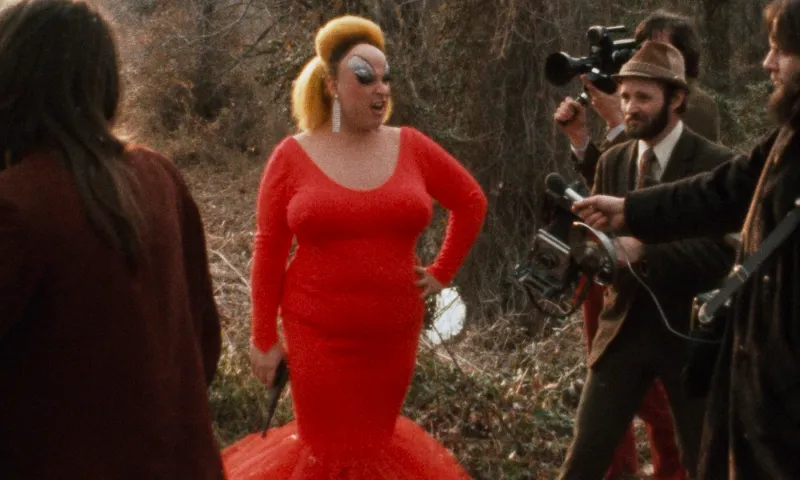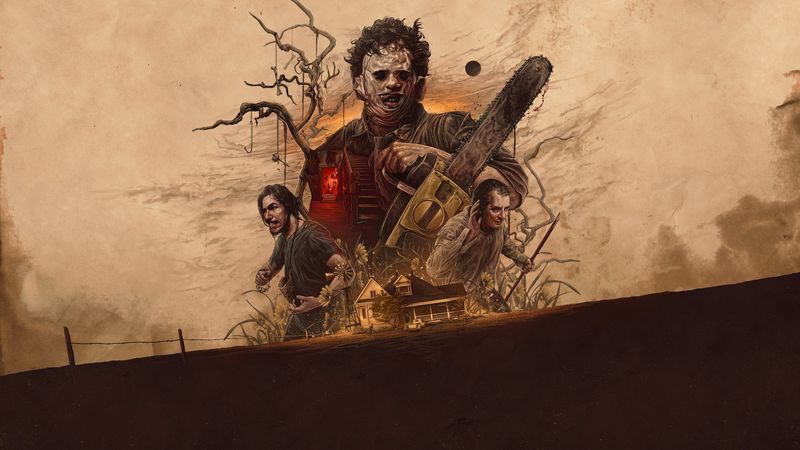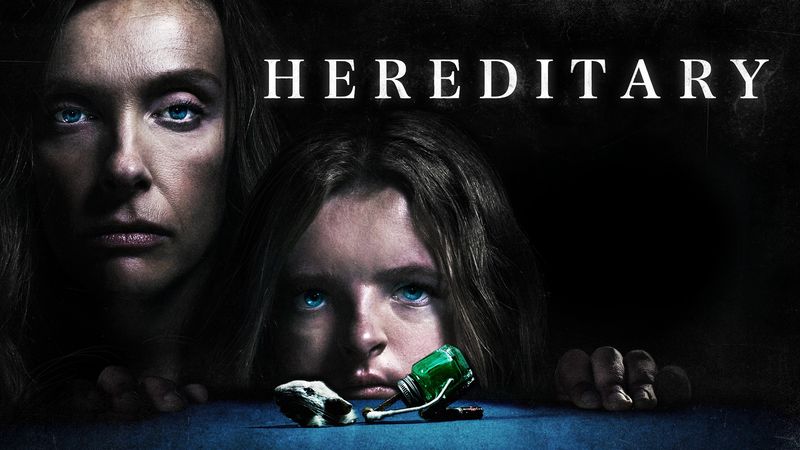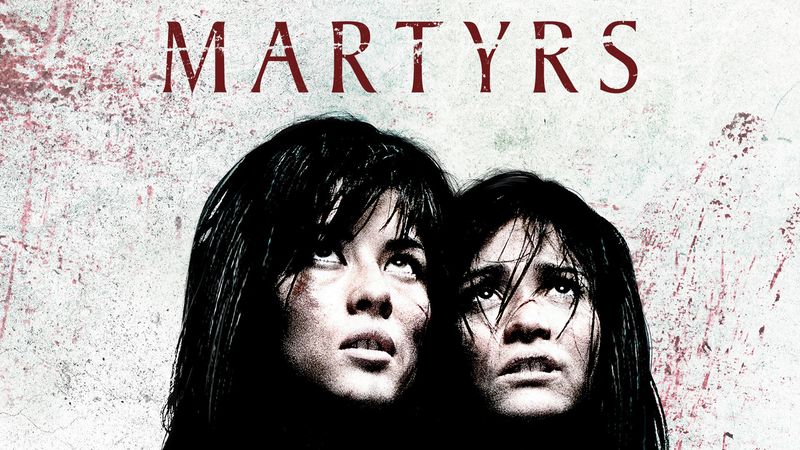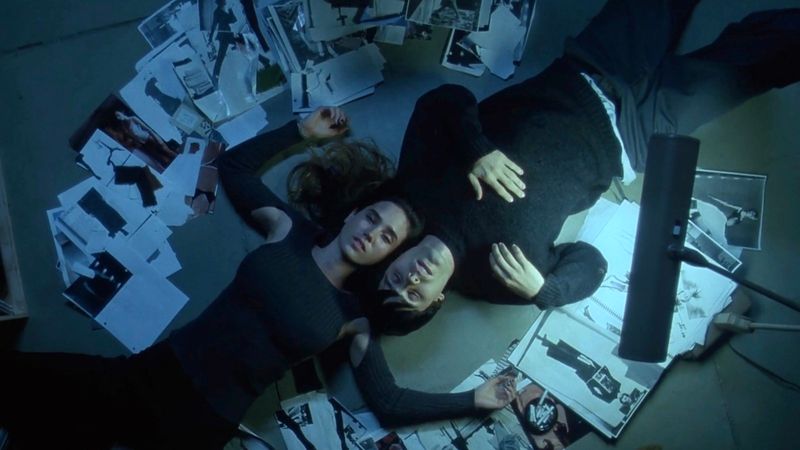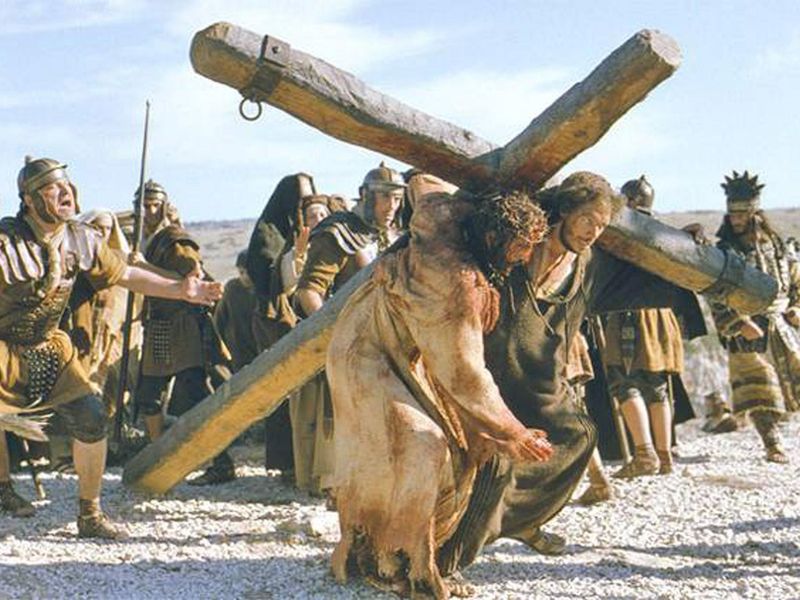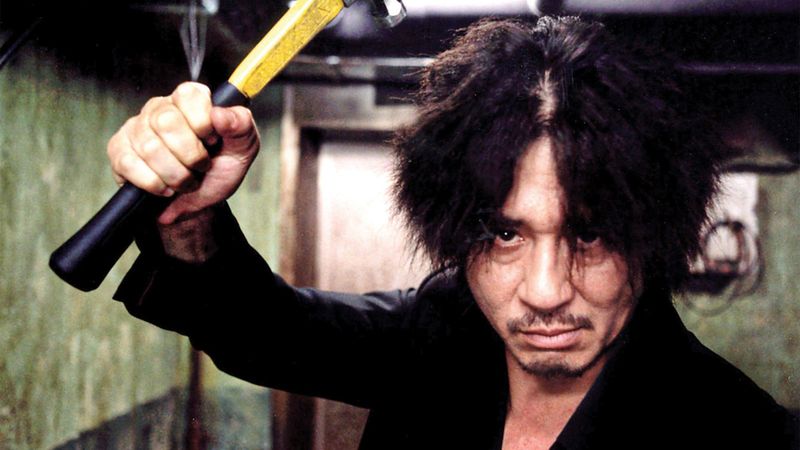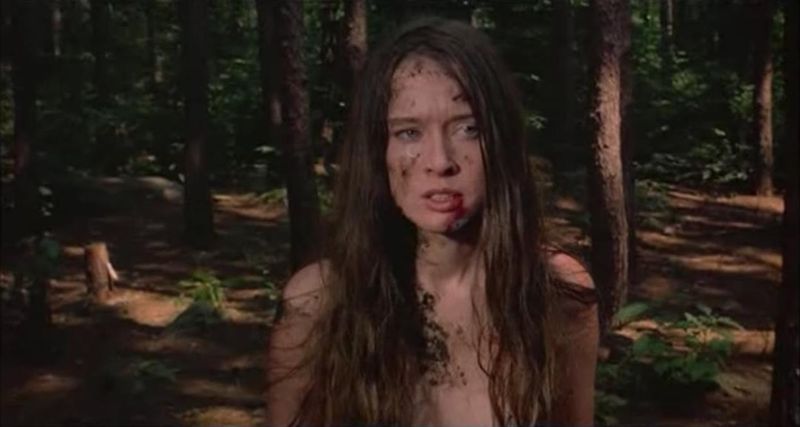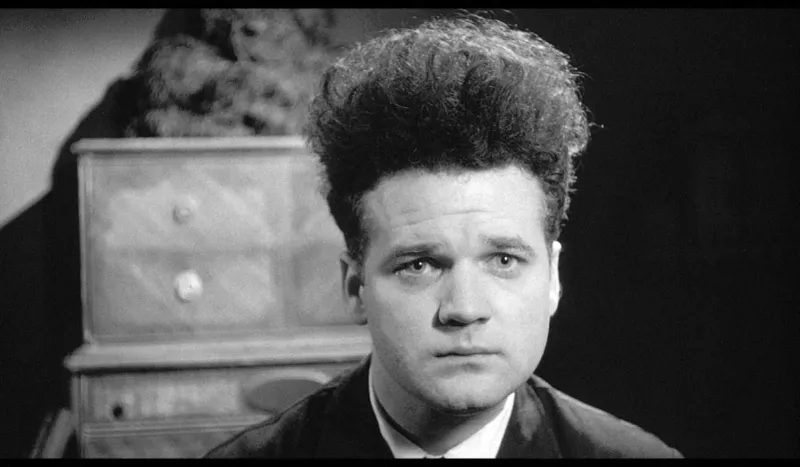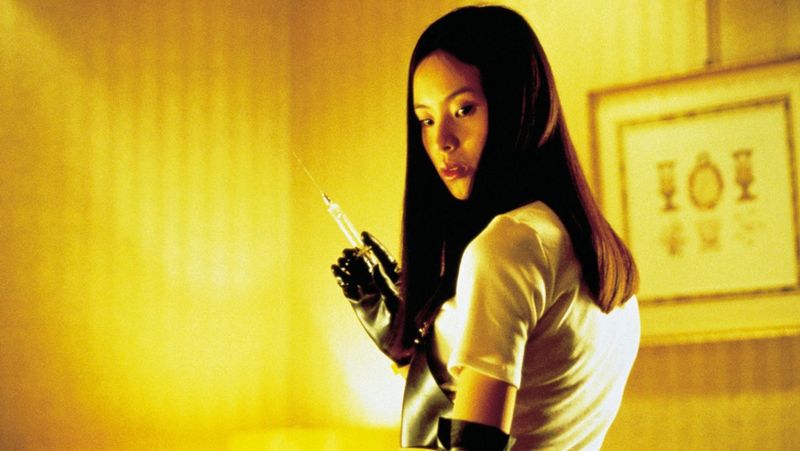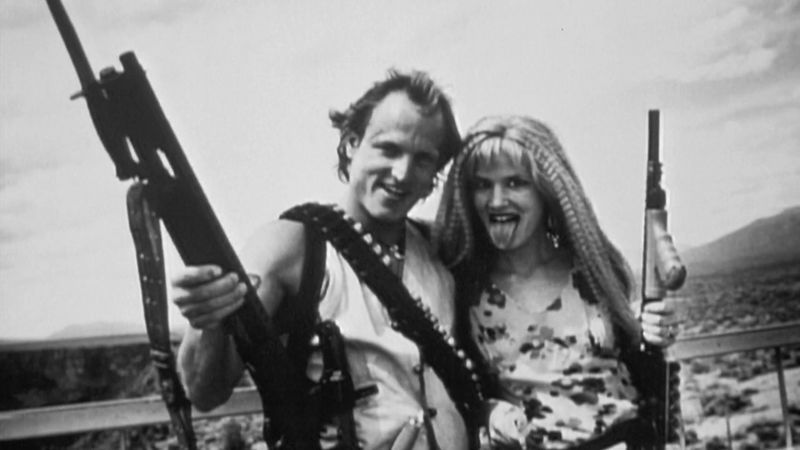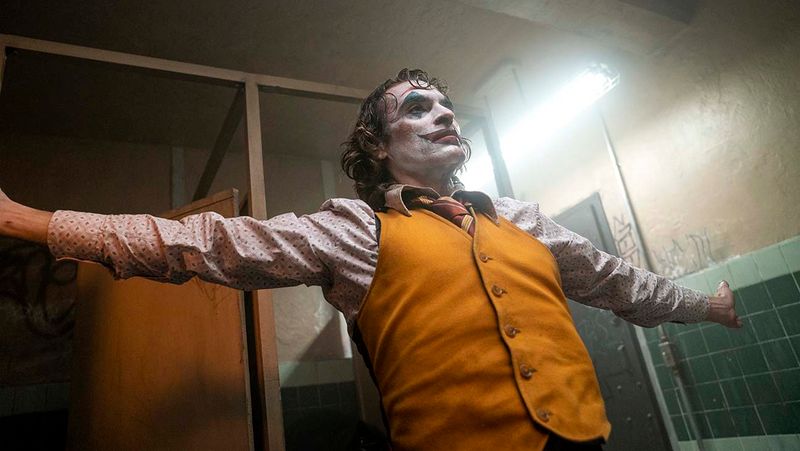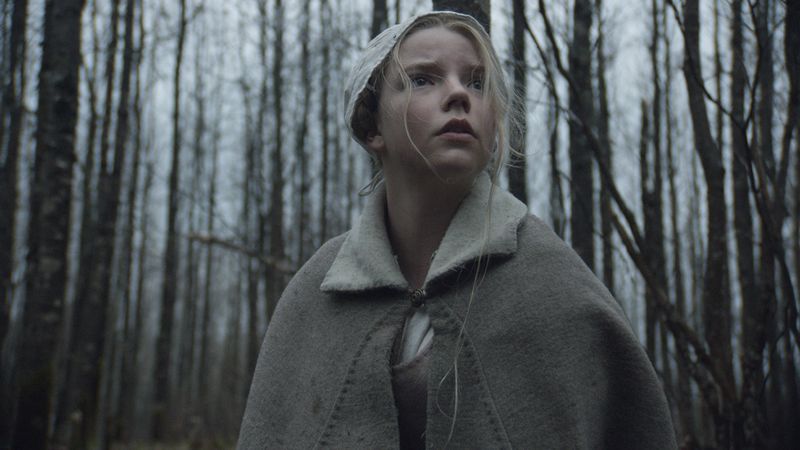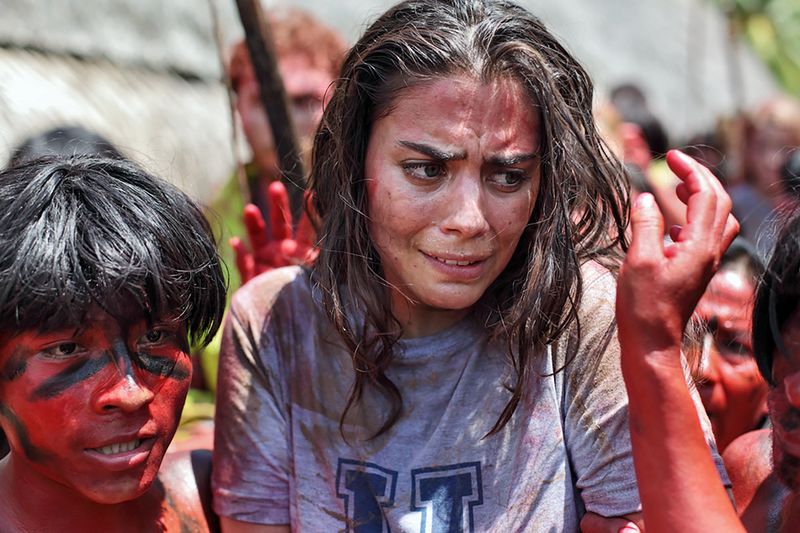Cinema has always had the power to evoke strong emotions. While some films leave us in tears of joy, others shock us to the core. Here, we explore 25 films that took it to the next level, sending audiences fleeing from their seats.
Often, these films are not just about horror but delve into subjects that are haunting, controversial, and sometimes hard to digest. Enter at your own risk as we dive into the world of cinema’s most shocking experiences.
1. Cannibal Holocaust
“Cannibal Holocaust” shocked audiences with its raw and brutal depiction of tribal violence. Released in 1980, this Italian horror film was so realistic that it led to legal battles, with the director having to prove that no one was actually harmed.
The film blurs the line between fiction and reality, making viewers question their own morality. Its graphic content and controversial narrative were enough to make many leave the theater in disgust.
Despite the backlash, it remains a cult classic, known for pushing the boundaries of horror cinema to unimaginable extents.
2. The Exorcist
When “The Exorcist” premiered in 1973, it became an instant phenomenon. Audiences were not ready for the intense scenes of possession and the psychological horror that unfolded.
Many found themselves fainting or leaving the theater, unable to handle the terrifying transformation of a young girl. The film’s ability to tap into religious and existential fears set it apart.
Its legacy continues as one of the scariest horror films of all time, demonstrating how cinematic storytelling can profoundly affect viewers’ emotions and beliefs. Its impact is still felt today, influencing countless horror films.
3. Evil Dead (2013)
“Evil Dead” (2013), directed by Fede Álvarez, is a modern reimagining of the cult horror classic. It’s a relentless gore-fest that pays homage to its predecessor while carving its own terrifying path.
The story follows a group of friends who unwittingly unleash demonic forces while staying in a remote cabin. The ensuing carnage is depicted with unbridled intensity, featuring graphic violence that tests the limits of even seasoned horror fans.
Álvarez masterfully combines practical effects with a gripping narrative, immersing the audience in a nightmarish ordeal. The film’s relentless pace and shocking imagery have caused some viewers to flee the theater, unable to withstand the horror unfolding on screen.
4. Antichrist
Lars von Trier’s “Antichrist” is a film that explores grief and insanity with a visceral intensity. Released in 2009, it blends horror with psychological drama, leading audiences through a harrowing journey of a couple’s descent into madness.
The graphic scenes of violence and disturbing imagery were too much for many, leading to walkouts. Von Trier’s bold storytelling challenges viewers to face uncomfortable emotions and societal taboos.
It’s a film that asks more questions than it answers, lingering in the minds of those who dare to experience its relentless exploration of human despair.
5. The Human Centipede
“The Human Centipede” introduced a concept so grotesque that it became infamous upon its release in 2009. The film’s premise, involving a deranged scientist sewing humans together, was enough to turn stomachs.
Its shocking content tested the limits of viewers’ endurance, leading to walkouts. The film reflects society’s fascination with the grotesque and the boundaries of scientific ethics.
Despite its controversy, it sparked discussions about the nature of horror and the lengths filmmakers will go to shock audiences. It’s a film that’s not easily forgotten, leaving a lasting impression on the horror genre.
6. Irreversible
Gaspar Noé’s “Irreversible” is a film that challenges viewers with its non-linear narrative and brutal subject matter. Released in 2002, it explores themes of time and consequence, featuring one of the most harrowing scenes in cinema history.
The intense violence and emotional impact were overwhelming for many, leading to exits during screenings. Noé’s masterful direction compels viewers to confront the raw emotions of revenge and regret.
The film’s unique storytelling and relentless pace make it a difficult watch, yet it remains a powerful exploration of the darker aspects of human relationships.
7. Salò, or the 120 Days of Sodom
Pier Paolo Pasolini’s “Salò, or the 120 Days of Sodom” is a film that tests the limits of viewer tolerance. Released in 1975, it portrays a dystopian world where power and corruption reign.
The graphic depiction of abuse, dehumanization, and moral decay led many to flee the theaters. Pasolini’s work serves as a scathing critique of totalitarian regimes and the loss of humanity.
It’s a film that forces audiences to reflect on the extremes of human behavior and the consequences of unchecked power. Its impact continues to provoke discussions on censorship and artistic expression.
8. Mother!
Darren Aronofsky’s “Mother!” is a psychological thriller that left audiences polarized upon its release in 2017. Its allegorical narrative and intense pacing led to both praise and disdain.
The film’s exploration of creation, destruction, and devotion challenges viewers to delve deep into its symbolism. Many found its relentless tension overwhelming, leading to walkouts.
Aronofsky’s bold vision invites discussion on the nature of art and its impact on the human psyche. It’s a film that doesn’t shy away from controversy, offering a unique cinematic experience that lingers long after the credits roll.
9. Funny Games
Michael Haneke’s “Funny Games” is a chilling exploration of violence and the media’s role in desensitizing audiences. Released in 1997, the film follows a family terrorized by two strangers.
Its unflinching portrayal of brutality forced many to question their own consumption of violent media. The film’s psychological intensity and breaking of the fourth wall left viewers unsettled, leading to walkouts.
Haneke’s work challenges the audience to reconsider their relationship with on-screen violence. It’s a provocative film that remains relevant, sparking conversations about morality, empathy, and the impact of entertainment on society.
10. Pink Flamingos
John Waters’ “Pink Flamingos” is a film that revels in its shock value. Released in 1972, it gained notoriety for its outrageous content and campy style. The film’s deliberate embrace of bad taste led to both adoration and disgust.
Many walked out, unable to handle its boundary-pushing antics. Waters’ unapologetic approach to storytelling challenges societal norms and celebrates individuality. It’s a film that asks viewers to question their own boundaries and the definition of art.
Decades later, “Pink Flamingos” remains a cult classic, known for its fearless exploration of taboo subjects.
11. The Blair Witch Project
“The Blair Witch Project” redefined the horror genre with its found-footage style. Released in 1999, it captivated audiences with its realism and psychological tension.
The film’s ability to create fear through suggestion rather than explicit content set it apart. Some viewers found the suspense and ambiguity too intense, resulting in walkouts.
Its minimalist approach challenges traditional horror tropes, inviting audiences to use their imagination.
The film’s impact on the genre is undeniable, paving the way for countless imitators. It’s a testament to the power of storytelling and the enduring allure of the unknown.
12. The Texas Chain Saw Massacre
“The Texas Chain Saw Massacre” shocked audiences with its visceral and relentless horror. Released in 1974, it introduced viewers to a nightmarish world of cannibals and chaos.
The film’s gritty realism and unsettling atmosphere were overwhelming for some, leading to walkouts. Its influence on the horror genre is profound, setting a new standard for intensity and shock.
The film’s exploration of fear and survival challenges audiences to confront their deepest anxieties. Decades later, it remains a seminal work, known for its ability to terrify and captivate with unyielding intensity.
13. Hereditary
“Hereditary” took the horror world by storm with its psychological depth and shocking twists. Released in 2018, it delves into familial trauma and the supernatural with artistry and intensity.
The film’s ability to build tension and dread left audiences unnerved, leading to some leaving in fear. Its exploration of grief and inherited curses challenges viewers to question reality and fate.
The film’s masterful storytelling and haunting visuals create an unforgettable experience. “Hereditary” is a modern horror masterpiece, pushing the boundaries of the genre and leaving a lasting impact on those who dare to watch.
14. Martyrs
“Martyrs” is a film that tests the limits of endurance with its intense and brutal narrative. Released in 2008, this French horror film explores themes of suffering and transcendence.
Its graphic violence and emotional depth were overwhelming for many, leading to walkouts. The film challenges viewers to reflect on the nature of pain and the human condition.
It’s a harrowing journey that forces audiences to confront uncomfortable truths about existence and spirituality.
Despite its controversy, “Martyrs” remains a powerful exploration of sacrifice and redemption, leaving a profound impression on those who experience it.
15. Requiem for a Dream
“Requiem for a Dream” presents a harrowing look at addiction and its consequences. Released in 2000, the film’s intense narrative and visual style left audiences reeling.
The relentless depiction of addiction’s destructive path was too much for some, resulting in walkouts. Aronofsky’s direction compels viewers to confront the harsh realities of dependency and the human psyche.
The film’s haunting score and powerful performances create an unforgettable experience. It’s a film that challenges audiences to reflect on their own vulnerabilities and the impact of choices.
“Requiem for a Dream” remains a poignant exploration of hope and despair.
16. The Passion of the Christ
Mel Gibson’s “The Passion of the Christ” is a visceral portrayal of the final hours of Jesus Christ. Released in 2004, its graphic depiction of crucifixion and suffering led to polarized reactions.
Many found the violence overwhelming, leading to walkouts during screenings. The film’s commitment to historical and emotional authenticity challenges viewers to engage with profound themes of faith and redemption.
It’s a powerful exploration of sacrifice and devotion, resonating deeply with audiences worldwide. Despite its controversy, “The Passion of the Christ” remains a significant work, known for its unflinching portrayal of religious history.
17. Oldboy
“Oldboy” is a South Korean masterpiece that captivates with its intense narrative and shocking twists. Released in 2003, the film’s exploration of revenge and redemption left audiences stunned.
Its graphic violence and psychological complexity were too much for some, leading to walkouts. The film challenges viewers to delve into themes of identity and justice, compelling them to question morality.
Park Chan-wook’s direction and the film’s unique storytelling make it a landmark in world cinema. “Oldboy” remains a powerful exploration of human nature, offering an unforgettable cinematic experience that lingers long after the credits roll.
18. I Spit on Your Grave
“I Spit on Your Grave” is a controversial film that explores themes of revenge and empowerment. Released in 1978, its graphic depiction of violence and retribution led to polarized reactions.
Many found its content overwhelming, resulting in walkouts. The film challenges audiences to reflect on justice and the consequences of violence. It’s a raw and unflinching portrayal of survival and resilience, forcing viewers to confront uncomfortable truths.
Despite its controversy, “I Spit on Your Grave” remains a significant work, known for its impact on the horror genre and its exploration of societal taboos.
19. Eraserhead
David Lynch’s “Eraserhead” is a surreal journey into the subconscious. Released in 1977, its bizarre imagery and unsettling atmosphere captivated and confused audiences alike.
The film’s exploration of anxiety and existential dread led to walkouts, as many were unprepared for its abstract storytelling. Lynch’s vision challenges viewers to interpret its meaning, creating a unique cinematic experience.
“Eraserhead” remains a cult classic, known for its innovative approach to filmmaking and its ability to evoke a range of emotions. It’s a film that invites audiences to embrace the unknown and question reality.
20. Audition
Takashi Miike’s “Audition” is a film that lures viewers in with its deceptive calm before unleashing a shocking climax. Released in 1999, it explores themes of love and deception with chilling precision.
The film’s intense psychological horror and unexpected violence were too much for some, leading to walkouts. Miike’s direction challenges audiences to question perception and reality, creating a lasting impact.
“Audition” remains a landmark in Japanese cinema, known for its masterful storytelling and ability to shock and surprise. It’s a film that demands to be seen and discussed, leaving an indelible mark on viewers.
21. Natural Born Killers
Oliver Stone’s “Natural Born Killers” is a provocative exploration of violence and media sensationalism. Released in 1994, its frenetic style and controversial themes captivated and repelled audiences.
The film’s depiction of a murderous couple and the media’s role in glorifying violence led to polarized reactions. Many found its content overwhelming, resulting in walkouts. Stone’s direction challenges viewers to reflect on society’s fascination with violence and its impact.
“Natural Born Killers” remains a significant work, known for its bold storytelling and its critique of media culture. It’s a film that invites discussion and debate, leaving a lasting impression.
22. Joker
Todd Phillips’ “Joker” is a character study that delves into the psyche of one of cinema’s most iconic villains. Released in 2019, its portrayal of mental illness and societal neglect left audiences divided.
The film’s intense narrative and graphic violence were too much for some, leading to walkouts. Phillips’ vision challenges viewers to reflect on the nature of identity and the impact of society on the individual.
“Joker” is a powerful exploration of chaos and despair, offering a unique perspective on a familiar character. Its impact on cinema and culture is undeniable, resonating deeply with audiences worldwide.
23. The Witch
“The Witch” is a film that transports viewers to the eerie world of 17th-century New England. Released in 2015, its atmospheric storytelling and historical authenticity captivated audiences.
The film’s exploration of superstition and isolation led to both fascination and fear, resulting in some leaving the theater. Its slow-burn horror challenges viewers to immerse themselves in its unsettling world.
“The Witch” remains a standout in modern horror, known for its ability to evoke dread without relying on traditional scares. It’s a film that invites viewers to question their beliefs and the nature of fear, leaving a lingering impact.
24. The Green Inferno
Eli Roth’s “The Green Inferno” pays homage to the cannibal films of the past with its brutal and shocking depiction of survival. Released in 2013, it follows a group of activists who find themselves in a harrowing predicament.
The film’s graphic violence and intense narrative were overwhelming for some, leading to walkouts. Roth’s direction challenges viewers to confront the consequences of cultural arrogance and the brutality of nature.
Despite its controversy, “The Green Inferno” remains a significant work in the horror genre, known for its exploration of fear and the unknown. It’s a film that invites discussion and reflection.
